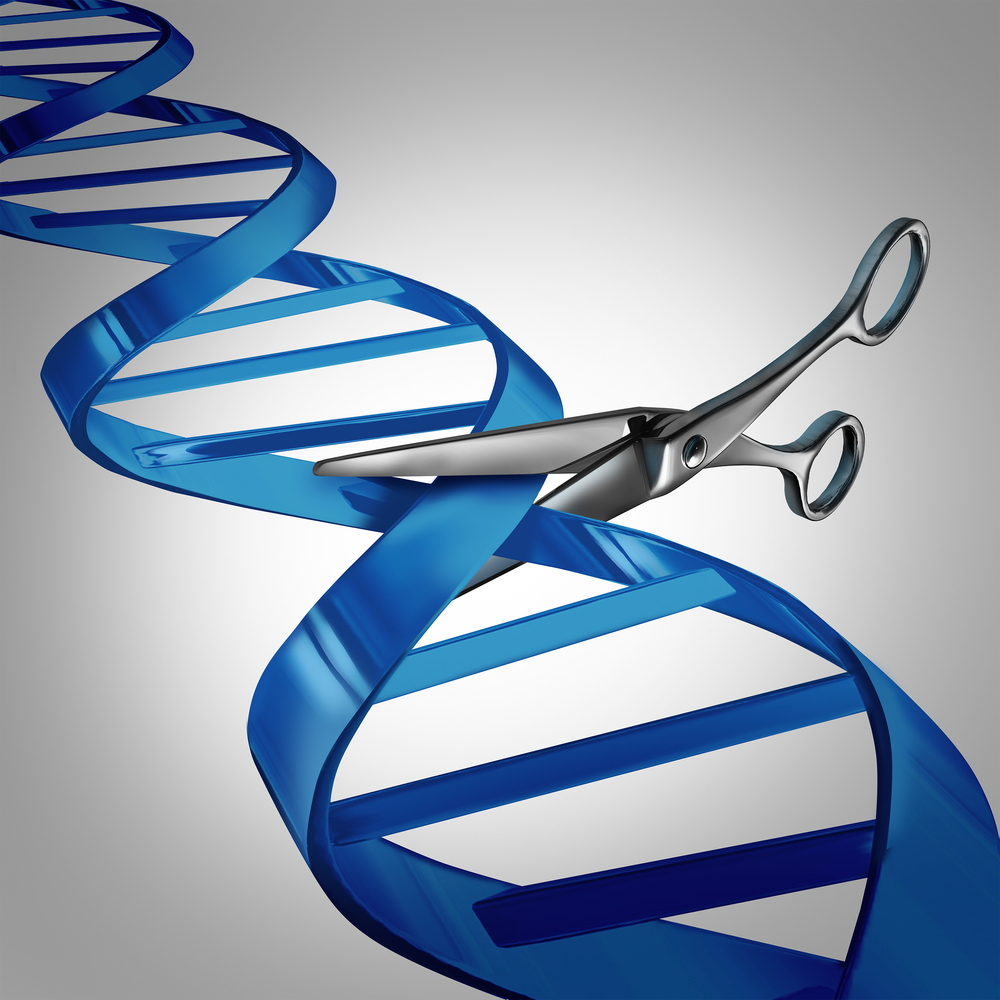American Society of Gene & Cell Therapy Issues ‘White Paper’ Explaining, Supporting Treatment
Written by |

People interested in knowing more about gene editing and its therapeutic applications can now download a document prepared by the American Society of Gene & Cell Therapy (ASGCT). The document, titled “Therapeutic Gene Editing: An ASGCT White Paper,” is intended as background information for policymakers, patients, and the general public to help them better understand the concept and its related therapies.
Its release is intended to assist people in understanding a report on human gene editing by the National Academy of Sciences and National Academy of Medicine. That report, expected in early 2017, will likely cover the ethical, legal, and social implications of gene editing processes and, possibly, to guide policy.
Gene editing is a process that allows specialists to repair, replace or modify genes. This ability has great therapeutic potential for diseases caused by gene mutations, such as cystic fibrosis (CF), whose available therapies can only aim at managing symptoms.
“Researchers, physicians and patients believe gene editing can greatly improve the outlook for currently incurable genetic diseases, such as muscular dystrophy, sickle cell disease (SCD), cystic fibrosis, hemophilia, adrenoleukodystrophy (ALD) and others caused by mutations in genes,” the document states. “These genetic diseases are among the 7,000 rare diseases that affect 30 million Americans — or 1 in 10 of us, two-thirds of whom are children — and millions more around the world, according to the National Organization for Rare Disorders. There are no effective therapies for more than 95 percent of these patients.”
For patients, gene editing techniques open the possibility of treating their disease by, for instance, introducing a normal copy of the affected gene into their cells.
“The goal is a long lasting, perhaps life-long effect that minimizes or even eliminates disease,” the document reads.
Readers can also learn about gene editing approaches used to treat three serious diseases — HIV/AIDS, sickle cell disease and hemophilia — and that serve as examples of the multiple applications that gene editing techniques can bring to human health.
“The successful development of gene editing applications could shift a lifetime of symptom management towards tomorrow’s ideal of a one-time curative treatment for patients,” said Cynthia Dunbar, president of ASGCT, in news release.
ASGCT is a professional organization that, according to its website, promotes “knowledge, awareness, and education leading to the discovery and clinical application of gene and cell therapies” to treat disease.






